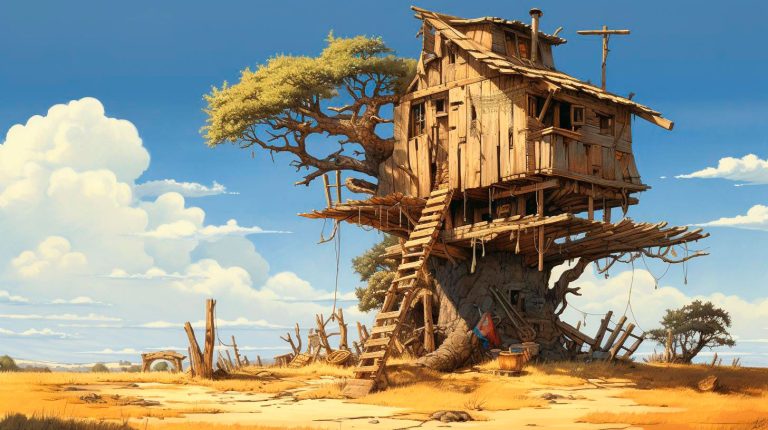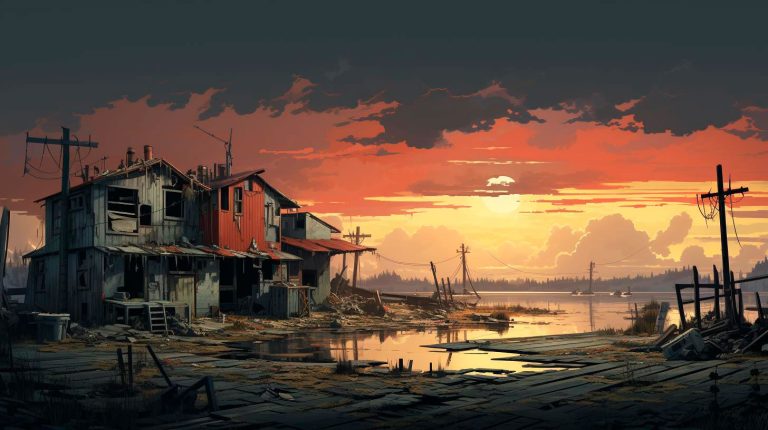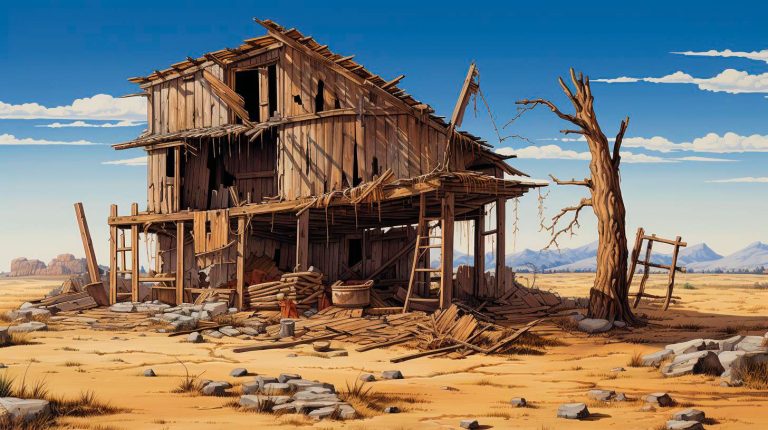In this article, we explore the impactful role of photography in wildlife conservation and how it contributes to the preservation of our planet’s biodiversity.
The Role of Wildlife Photography in Conservation
Raising Awareness: Wildlife photographers have a unique ability to transport us to remote and untouched environments through their images. By capturing moments of wildlife in their natural habitats, these photographs create a sense of connection and empathy among viewers, fueling their desire to protect these species and their habitats.
Educating Masses: Photographs provide an engaging medium to educate the general public about biodiversity, climate change, and the importance of conservation. By visually portraying the intricate relationships between different species and highlighting the urgency of preserving ecosystems, photographers play a crucial role in shaping public opinion and encouraging environmentally conscious behaviors.
Conservation Photography: Conservation photographers specifically focus on documenting endangered species and threatened habitats to highlight conservation needs. Their images not only serve as evidence of the challenges faced by these species but also act as valuable tools for scientists, conservationists, and policymakers to create targeted conservation strategies.
The Impact of Photography in Wildlife Conservation
Global Reach: Through social media platforms and online galleries, wildlife photographs have the potential to reach a vast audience worldwide. These images captivate viewers and can catalyze a ripple effect, inspiring individuals and communities across the globe to take action and support conservation initiatives.
Fundraising for Conservation: Wildlife photography is an invaluable tool for fundraising efforts. Photographs are often auctioned, exhibited, or published in books and magazines dedicated to wildlife conservation. The funds generated contribute to various conservation projects, fostering the protection of endangered species and their habitats.
Changing Perspectives: Wildlife photography has the power to challenge harmful stereotypes and misconceptions about certain species, particularly those perceived as dangerous or unattractive. By showcasing the beauty and uniqueness of these often misunderstood creatures, photographers can inspire a shift in public perception and promote coexistence.
The Ethical Responsibility of Wildlife Photographers
While wildlife photography is a powerful tool for conservation, it is essential for photographers to embrace an ethical approach that prioritizes the welfare of the subjects and their habitats. Here are some key considerations for wildlife photographers:
- Respect for wildlife: Photographers must maintain a safe distance from animals to avoid causing distress or altering their natural behavior.
- Protection of habitats: Photographers should never disturb or damage fragile ecosystems while seeking the perfect shot.
- Accuracy and transparency: Images should never be manipulated or staged in a way that misrepresents the reality of the natural world.
- Support local communities: Engaging with local communities and respecting their knowledge and concerns is crucial for sustainable wildlife photography.
Conclusion: Empowering Conservation through Photography
Wildlife photography is more than a form of artistic expression; it has the power to transform and protect our planet’s biodiversity. Through raising awareness, educating the masses, and contributing to conservation efforts, photographers play an invaluable role in the battle against species extinction and habitat loss. By embracing an ethical approach, supporting communities, and utilizing the global reach of their images, photographers have the potential to inspire a collective effort to conserve and preserve our natural world for generations to come.
Key Takeaways:
- Wildlife photography is an art form that plays a crucial role in wildlife conservation.
- Photographs raise awareness, educate the public, and contribute to conservation strategies.
- Images have a global reach, support fundraising efforts, and change public perspectives.
- Photographers must prioritize ethical practices to protect wildlife and their habitats.
- Through photography, individuals can inspire a collective effort to conserve biodiversity.



















+ There are no comments
Add yours